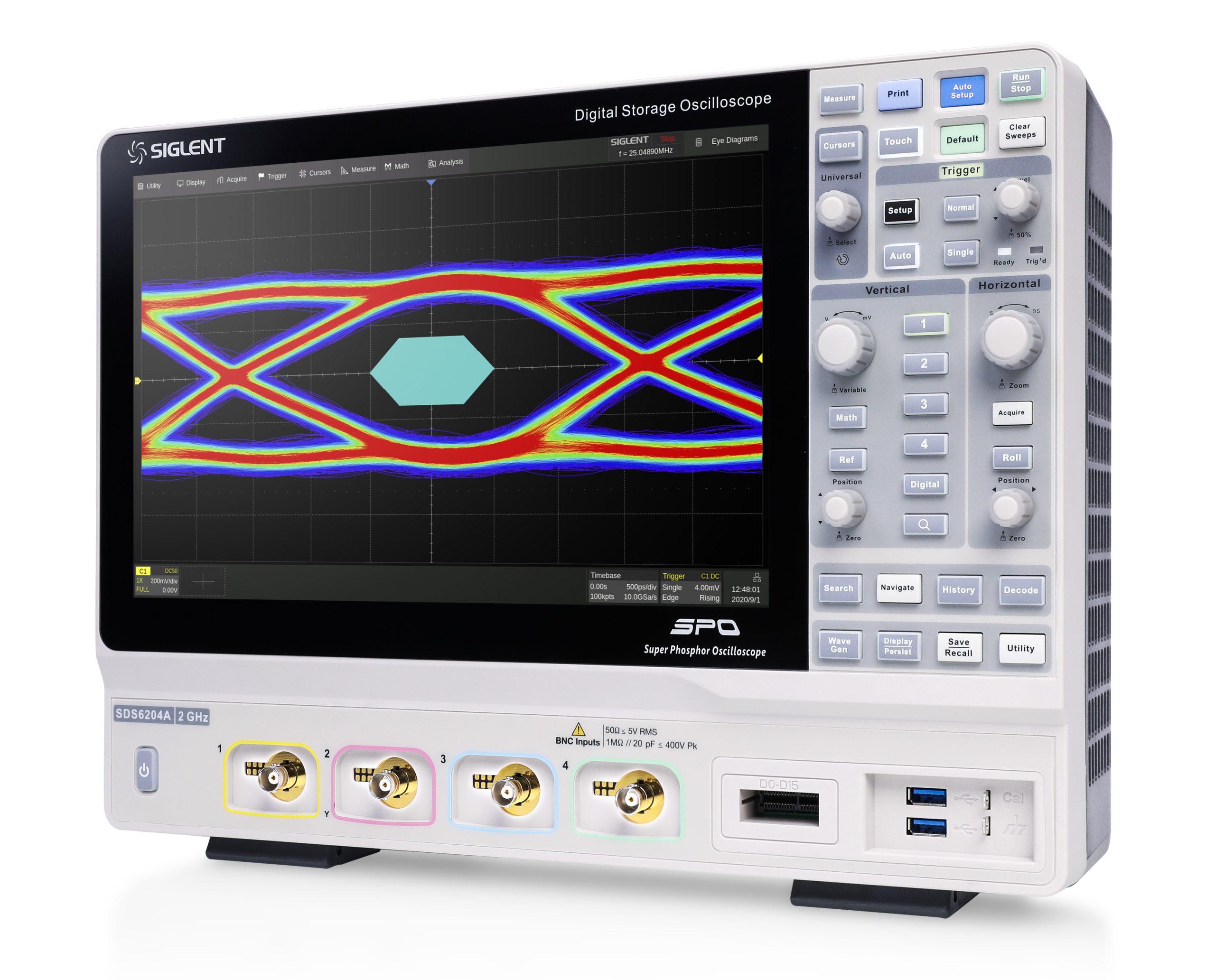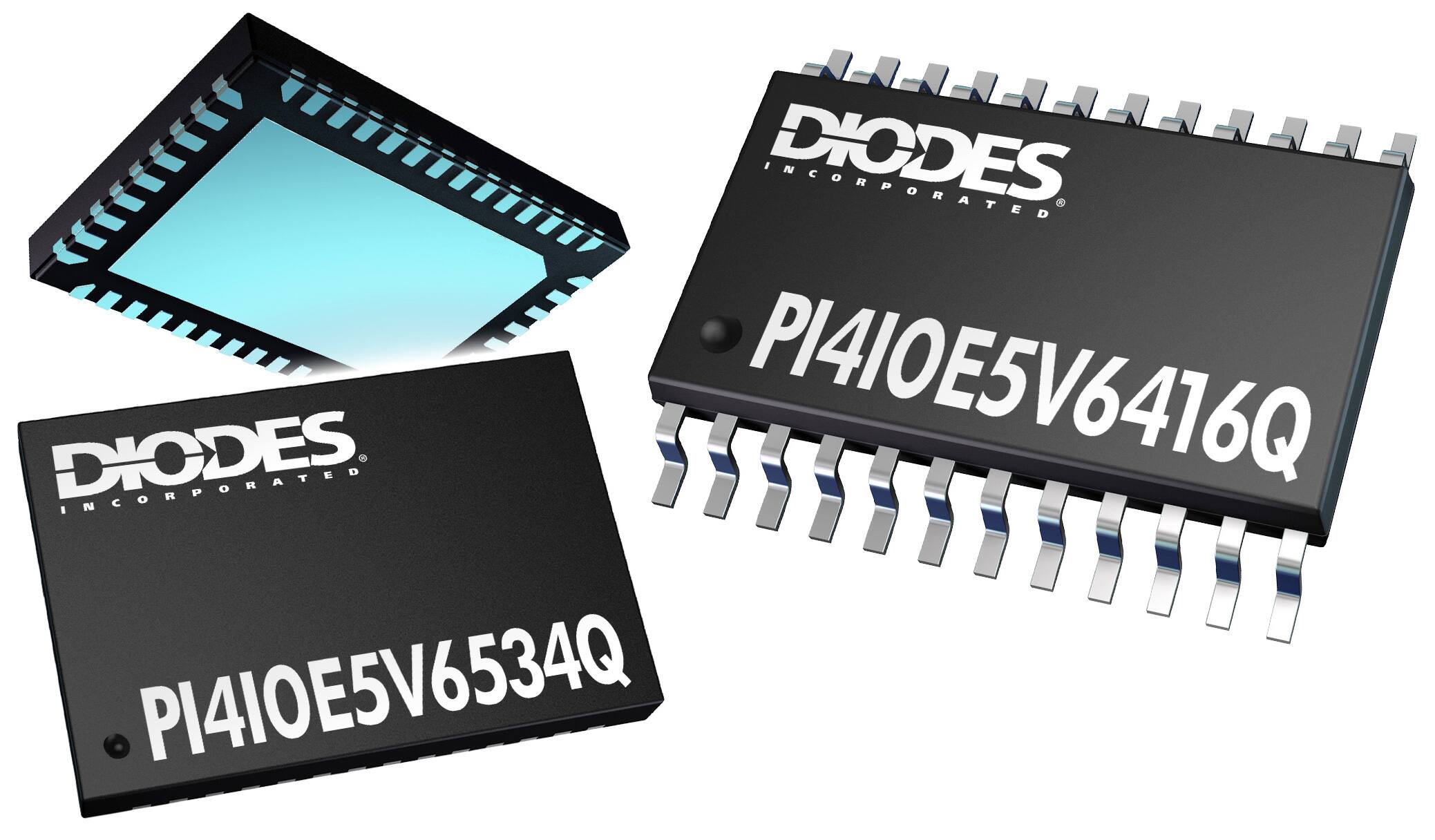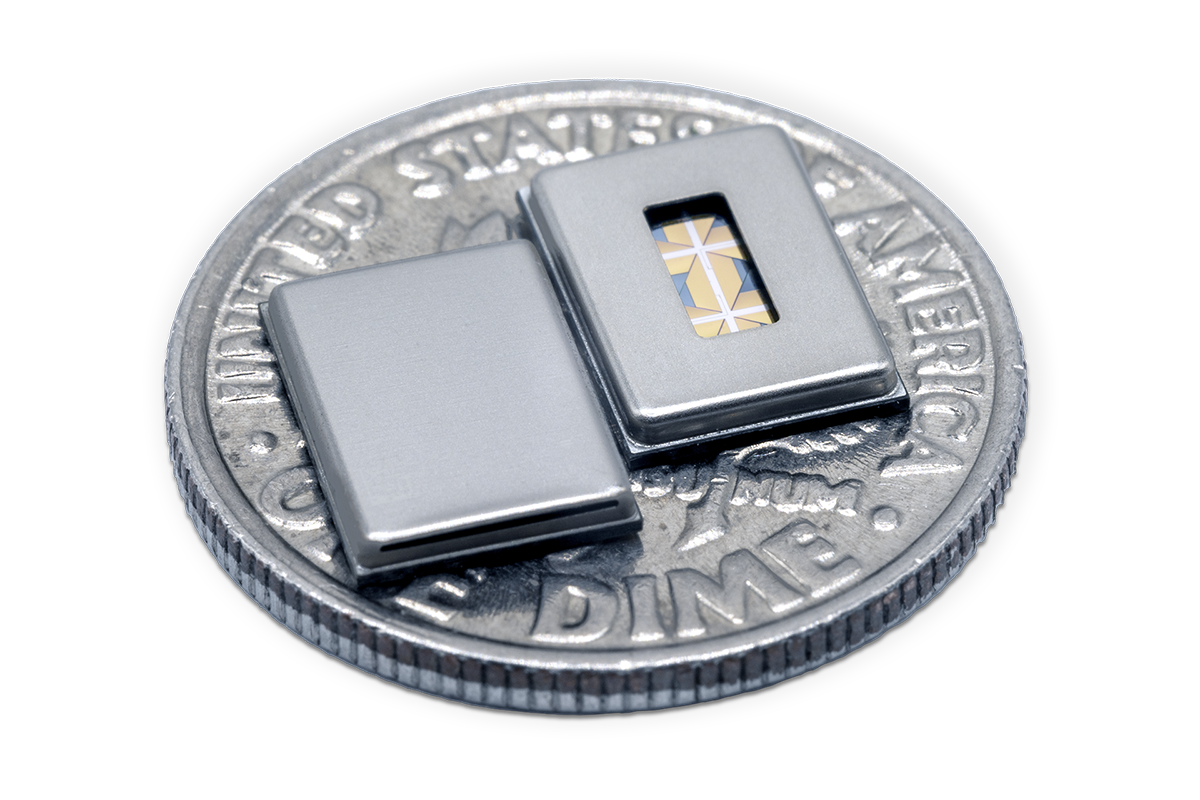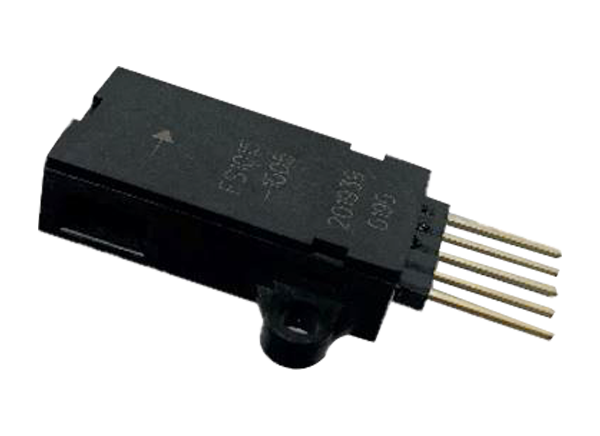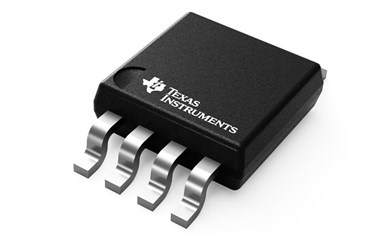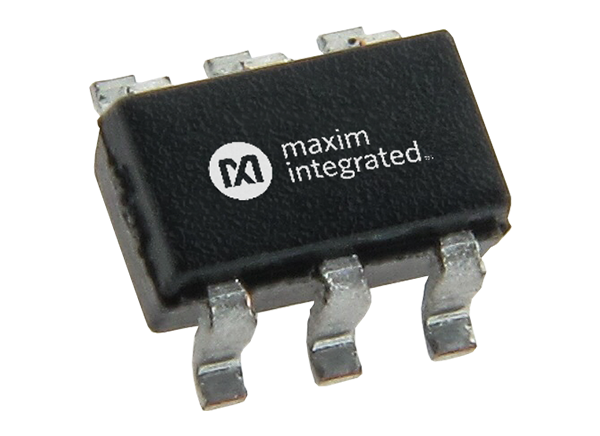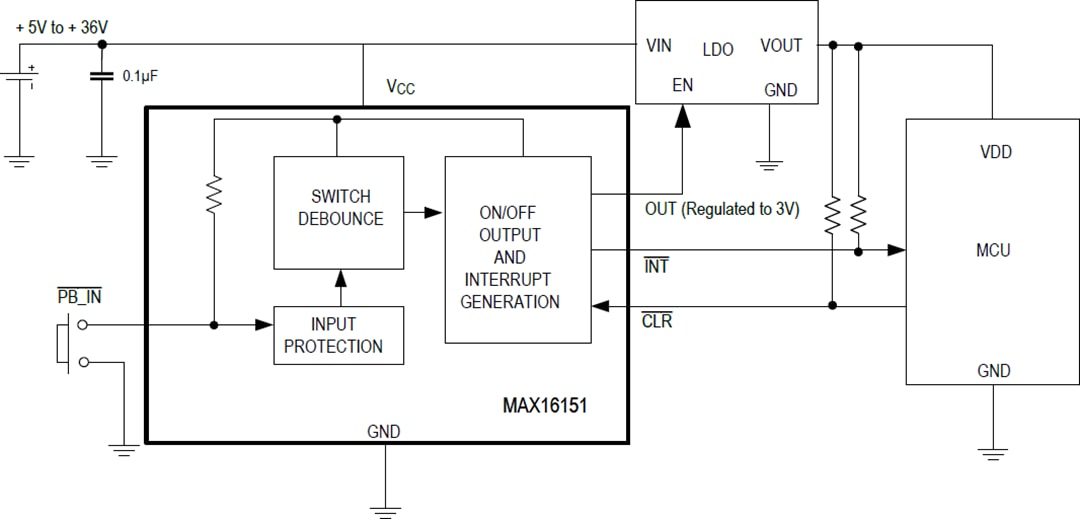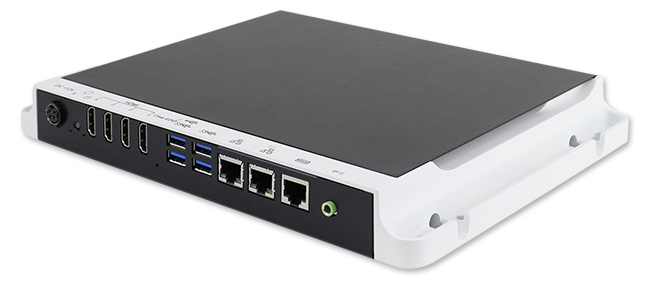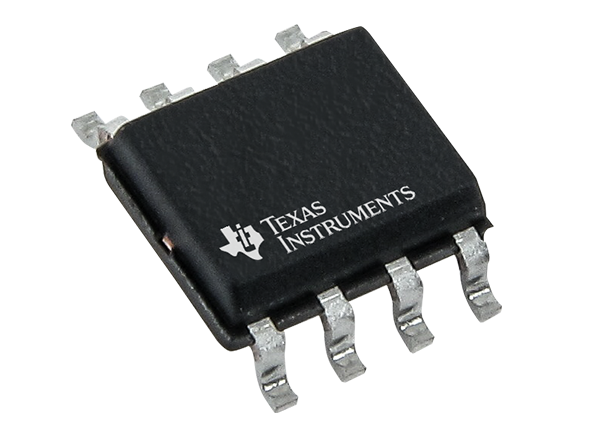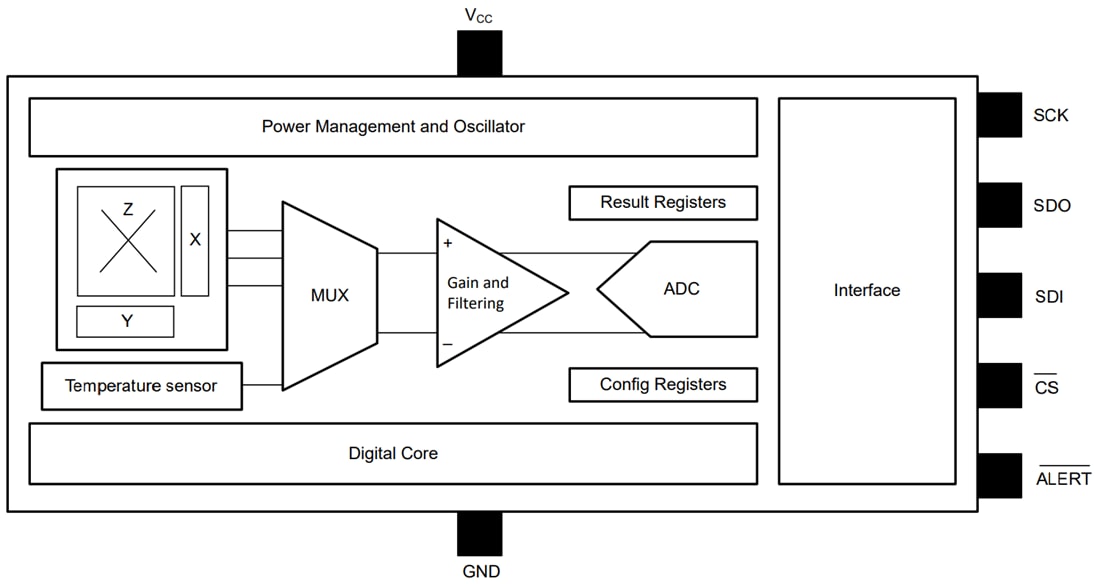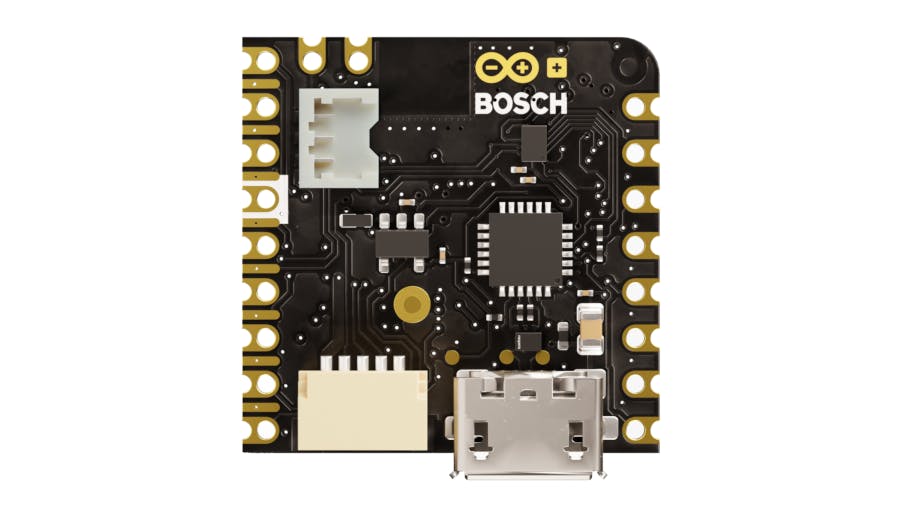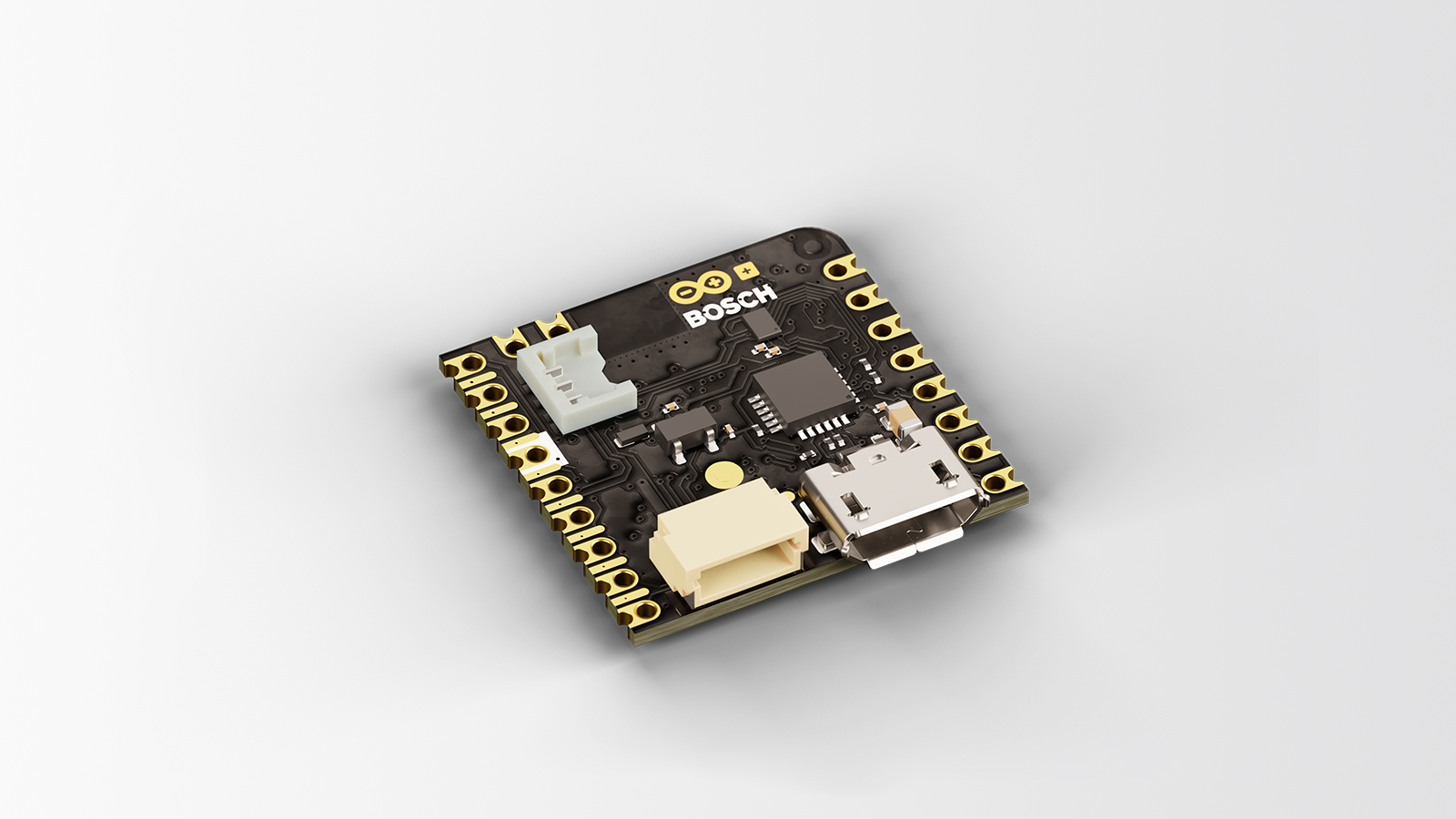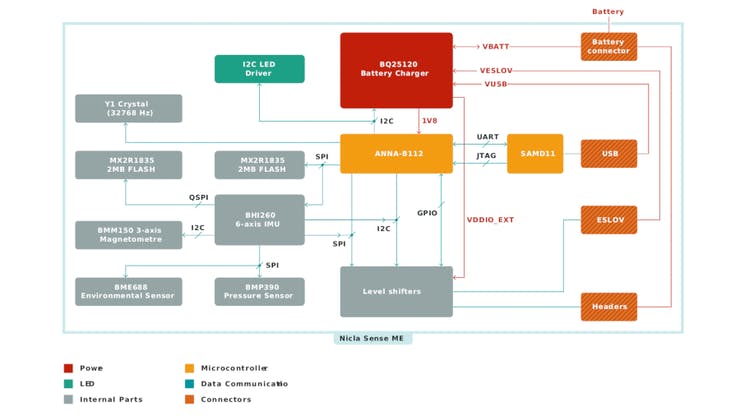The SiglentSDS6000A Series of 4 channel digital storage oscilloscopes offers models in bandwidths of 500MHz, 1GHz, and 2GHz, with a sample rate of 5GSa/s (10GSa/s ESR) at each channel, a large memory depth of 500Mpts, and the option to add 16 digital channels to the 4 analog channels to provide synchronous mixed-signal analysis ability.
Saelig Company, Inc. has introduced the Siglent SDS6000A Series of 4-channel digital storage oscilloscopes, with models available in bandwidths of 500MHz, 1GHz, and 2GHz offering a sample rate of 5GSa/s (10GSa/s ESR) on each channel, a large memory depth of 500Mpts, and the option to provide synchronous mixed-signal analysis ability by adding 16 digital channel inputs. The series employs Siglent’s latest SPO technology, with a maximum waveform capture rate of up to 170,000 wfm/s in Normal Mode and up to 750,000 wfm/s in Sequence Mode. The large 12.1’’ display capacitive touch screen supports multi-touch gestures to greatly improve the operational efficiency. A 256-level intensity grading display function includes a color temperature mode. This scope also supports mouse control and remote web control over LAN.
With very low background noise, signals can be displayed from 0.5mV/div to 10V/div. An innovative digital trigger system provides high sensitivity with low jitter and supports multiple powerful triggering modes that include serial bus triggering. Serial bus triggering and decoding supports protocols such as I2C, SPI, UART, CAN, LIN (standard), as well as CAN FD, FlexRay, I2S, MIL- STD-1553B, SENT, and Manchester (optional). Internal tools provided include Automatic Measurements for more than 50 parameters, History waveform recording, Search and Navigate functions, Mask Test, Bode Plot, Power Analysis, and Eye/Jitter Analysis. This allows extended waveform records to be captured, stored, and analyzed. Additional features of the SDS6000A series include an array of measurement and math capabilities and an optional external Arbitrary Waveform Generator. The oscilloscope can control the attached SAG1021I isolated USB Function/Arbitrary Waveform Generator to create test signals up to 25MHz frequency and ±3V amplitude, with six basic waveforms plus multiple types of arbitrary waveforms available.
The Siglent SDS6000A Series of 4-channel digital storage oscilloscopes are available now from Saelig Company, Inc.


